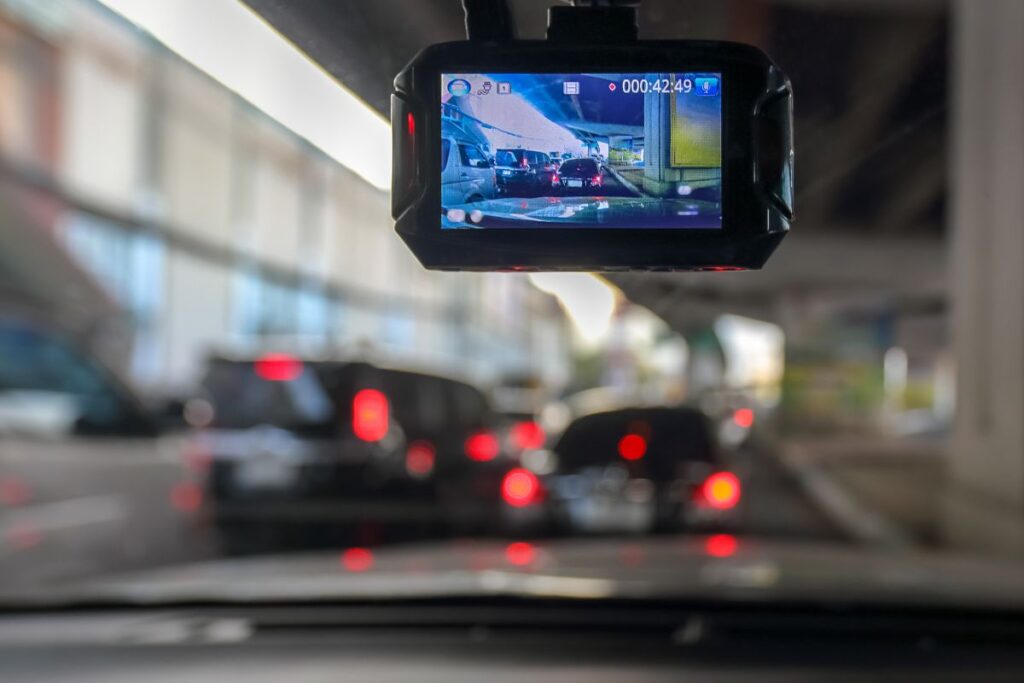In disaster recovery planning, RTO and RPO are key considerations. RTO is typically used to determine the level of redundancy and backup systems needed to ensure timely recovery, while RPO is used to determine the frequency of data backups needed to minimize data loss.
Table of Contents
ToggleWhat is the RTO?
RTO, or Recovery Time Objective, is the maximum length of time that a system or service can be unavailable after a disaster or disruption before the impact on the business becomes unacceptable. It represents the time frame within which the affected systems or services must be restored in order to meet the business’s needs.
In disaster recovery planning, RTO is an important consideration, as it determines the level of redundancy and backup systems needed to ensure timely recovery from a disruption. For example, a business with a short RTO may require multiple redundant systems and frequent data backups in order to ensure that it can recover from a disruption within a short period of time. On the other hand, a business with a longer RTO may be able to use less expensive, less redundant systems and less frequent data backups, as it has more time to recover.
RTO is typically determined based on the business’s criticality and tolerance for downtime, as well as the cost and complexity of implementing the necessary recovery measures. It is important to carefully consider RTO when designing a disaster recovery plan, as it can have a significant impact on the business’s ability to recover from a disruption.
What is the RPO?
RPO, or Recovery Point Objective, is the maximum acceptable amount of data loss that a business can sustain in the event of a disaster or disruption. It represents the point in time to which the affected systems or services must be restored in order to minimize the data loss.
In disaster recovery planning, RPO is an important consideration, as it determines the frequency of data backups needed to minimize data loss in the event of a disruption. For example, a business with a short RPO may require frequent, comprehensive data backups in order to minimize data loss, while a business with a longer RPO may be able to use less frequent, less comprehensive backups.
RPO is typically determined based on the business’s criticality and tolerance for data loss, as well as the cost and complexity of implementing the necessary data backup and recovery measures. It is important to carefully consider RPO when designing a disaster recovery plan, as it can have a significant impact on the business’s ability to minimize data loss in the event of a disruption.
What is the difference between RTO and RPO?
Here are ten points that highlight the main differences between RTO and RPO:
Definition:
RTO is the maximum length of time that a system or service can be unavailable after a disruption before the impact on the business becomes unacceptable, while RPO is the maximum acceptable amount of data loss that a business can sustain in the event of a disruption.
Focus:
RTO focuses on the time it takes to restore a system or service after a disruption, while RPO focuses on the amount of data loss that can be sustained during a disruption.
Determination:
RTO is typically determined based on the business’s criticality and tolerance for downtime, while RPO is typically determined based on the business’s criticality and tolerance for data loss.
Impact:
RTO has an impact on the level of redundancy and backup systems needed to ensure timely recovery, while RPO has an impact on the frequency of data backups needed to minimize data loss.
Relationship:
RPO should ideally be less than RTO, as this ensures that the business can recover from a disruption within the desired time frame while also minimizing data loss.
Costs:
Achieving a low RPO often requires more frequent and comprehensive data backups, which can be resource-intensive and potentially more costly.
Trade-offs:
Businesses must strike a balance between RTO and RPO that meets their needs and budget constraints.
Planning:
RTO and RPO are important considerations in disaster recovery planning.
Recovery:
RTO determines the time frame within which the affected systems or services must be restored, while RPO determines the point in time to which the affected systems or services must be restored.
Impacts:
RTO has an impact on the business’s ability to recover from a disruption in a timely manner, while RPO has an impact on the business’s ability to minimize data loss in the event of a disruption.
What are RTO and RPO in disaster recovery?
In the context of disaster recovery, RTO and RPO refer to the maximum length of time that a system or service can be unavailable after a disaster or disruption (RTO) and the maximum acceptable amount of data loss that a business can sustain in the event of a disaster or disruption (RPO). These metrics are used to guide the design and implementation of a disaster recovery plan, which is a set of procedures and processes that a business puts in place to ensure that it can continue operations or restore critical systems and services in the event of a disaster or disruption.
RTO and RPO are important considerations in disaster recovery planning because they help determine the level of redundancy and backup systems needed to ensure timely recovery (RTO) and the frequency of data backups needed to minimize data loss (RPO). By carefully considering RTO and RPO, businesses can ensure that they have the necessary resources and processes in place to recover from a disruption in a timely and effective manner, while also minimizing the impact on their operations and customers.
Learn about top 10 programming languages
Tips for achieving RPOs and RTOs
Here are some tips for achieving RPOs and RTOs in disaster recovery:
Determine your business’s criticality and tolerance for downtime and data loss:
Before you can determine your RTO and RPO targets, you need to understand how much downtime and data loss your business can tolerate. This will help you set realistic and achievable targets for your disaster recovery plan.
Conduct a risk assessment:
A risk assessment will help you identify the potential disasters or disruptions that could impact your business, and assess the likelihood and potential impact of each event. This will help you prioritize your disaster recovery efforts and allocate resources accordingly.
Develop a disaster recovery plan:
A disaster recovery plan should include detailed procedures and processes for recovering systems and services in the event of a disaster or disruption. It should also include measures to ensure that data is backed up and protected in a way that meets your RPO targets.
Implement redundant systems and backup processes:
Redundant systems and backup processes can help ensure that your business can continue operations or recover from a disruption within your RTO targets. These may include redundant servers, storage systems, and network infrastructure, as well as frequent data backups and offsite storage.
Test and validate your disaster recovery plan:
Regularly testing and validating your disaster recovery plan will help ensure that it is effective and can be successfully implemented in the event of a disaster or disruption.
Monitor and review your disaster recovery plan:
Ongoing monitoring and review of your disaster recovery plan will help you identify and address any weaknesses or areas for improvement. This may include updating your plan to reflect changes in your business or technology landscape, or adjusting your RTO and RPO targets as needed.



